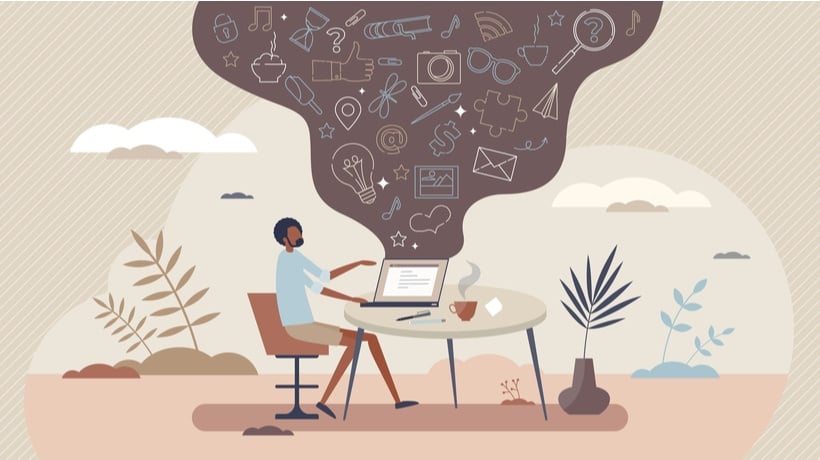Enhancing Skills Through Digital Storytelling Training
Digital Storytelling Training

Creating digital stories allows learners to practice and develop a variety of 21st century skills including research, technical, communication and creative writing. It also helps students hone information literacy skills as well.
Teachers can use these tools as a way to introduce projects, themes or content areas in any subject area. They can also be used as anticipatory sets for lessons, or to summarize, connect and/or facilitate class discussion.
Skills
Digital stories offer a rich blend of video, audio, images and text to convey stories and information. They also invite critical thinking and problem solving. Educators often use them to help students engage authentically with curricular content.
Creating digital stories requires skills in research, writing and multimedia production. In addition, students develop collaboration skills by working in teams on digital storytelling projects. These skills can be useful in a variety of professional settings.
The process of building a digital story can be used to teach the principles of storytelling, including how to choose images, write scripts, create titles and add music. This can be a valuable learning experience for students of all ages.
Educators often use digital storytelling as an instructional tool to foster creativity and collaboration in their classrooms. Studies have shown that digital storytelling improves students’ literacy, writing and media communication skills. It can also increase student motivation and encourage creativity, as it allows students to personalise their learning experience.
Creativity
Digital storytelling is a form of non-physical media that uses a combination of video, audio and images to communicate stories or ideas in a compelling, emotionally engaging format. This multimedia tool can be used in a variety of ways to stimulate learning in classrooms and encourages a more interactive learning experience.
The creation of a digital story involves students in collaborative work and requires them to use their creativity. Teachers should help their students collect photos and videos that they can use to illustrate their story and provide instructions for the use of software. Teachers should also encourage their students to make connections between the different elements of their story.
Research has shown that digital storytelling promotes collaboration and communication among students and teachers. In addition, it encourages the use of various cognitive capabilities and increases student engagement. In one study, students helped each other in a two-day science invention workshop to solve problems and come up with concepts and ideas.
Collaboration
Digital storytelling is a collaborative process that requires learners to share ideas, create content and build environments. For example, students may work together to plan out the locations they’ll need to film in order to tell their story. They can also collaborate to create a storyline and choose images that best convey their message.
Writing is a key component of digital storytelling and requires deep understanding of the subject matter. It is recommended that students spend about 40% of their time creating the written component of their story.
The research presented in this article has shown that the constructivist learning approach of digital storytelling enables learners to enhance several different skills such as writing, designing and library and research. In addition, digital storytelling can also be used to develop a range of other communication styles including oral speaking and visual and sound literacy. These benefits of digital storytelling can be applied to any type of education and training environment.
Communication
In addition to developing their technical skills, students become adept at communicating and collaborating through the digital storytelling process. The process involves researching, synthesizing and analyzing information as they work to build content and create meaningful narratives.
Storytelling is a great way to teach new concepts or ideas that may be difficult for learners to grasp through rote learning and verbal instruction. The narrative format also allows for the use of photos and other visual aids that support the learning process.
Research supports that using digital stories in the classroom improves students’ ability to learn and understand concepts. In addition, it increases students’ engagement level and enhances their abilities to make sense of abstract or conceptual topics (Robin, 2008). Barrett (2007) also found that team projects in digital storytelling facilitate the development of communication skills and collaboration in students. These findings are in line with modern learning theories and strategies.